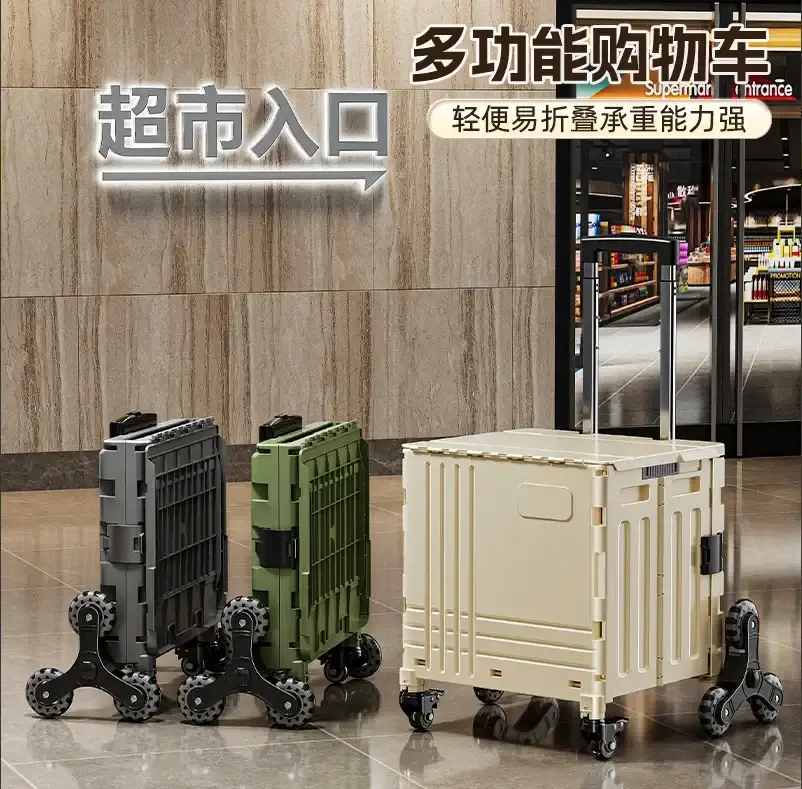The Ultimate Guide to Choosing the Perfect Outdoor Tent: Key Considerations for Every Adventurer
4 min readWhen it comes to outdoor adventures, whether you're planning a weekend camping trip, a music festival, or a family reunion in the park, selecting the right tent is crucial. A well-chosen tent can enhance your experience, providing comfort and protection against the elements. However, with a plethora of options available on the market, how do you choose an outdoor tent that meets your specific needs? This comprehensive guide will walk you through the essential factors to consider, ensuring you make an informed decision.
- Determine Your Purpose
Before diving into the specifics, it's essential to clarify the primary purpose of your tent. Are you looking for a lightweight option for backpacking, a spacious family tent for car camping, or a durable shelter for extended expeditions? Understanding your intended use will help narrow down your choices significantly.
- Backpacking Tents: These are designed to be lightweight and compact, making them easy to carry. Look for materials like nylon or polyester that offer a good balance of weight and durability.
- Family Tents: Typically larger and more spacious, family tents prioritize comfort and livability. Features like multiple rooms, standing height, and ample storage pockets are beneficial.
- Expedition Tents: Built to withstand harsh weather conditions, these tents are often made from robust materials and feature advanced designs for stability.
- Consider the Size
Tent size is another critical factor. Tents are usually categorized by the number of occupants they can accommodate. However, it’s advisable to choose a tent that offers a bit more space than the number of people it claims to fit. This extra room allows for gear storage and enhances overall comfort.
- Occupancy Ratings: A two-person tent may be suitable for two people, but it can feel cramped with gear. Consider a three-person tent for added comfort.
- Height and Volume: Check the peak height and floor area. A tent with higher ceilings allows for easier movement, while a more voluminous design can accommodate more gear.
- Evaluate Weather Resistance
Weather conditions can change rapidly in the great outdoors, so it's vital to select a tent that can withstand various elements. Look for tents with the following features:
- Waterproofing: Tents should have a waterproof rainfly and a bathtub-style floor to prevent water ingress. Check the tent's hydrostatic head rating; a rating of 1500mm or higher is generally considered waterproof.
- Ventilation: Proper ventilation helps reduce condensation inside the tent. Look for tents with mesh panels and adjustable vents.
- Wind Resistance: Consider the tent's structure and materials. Geodesic or dome-shaped tents tend to perform better in windy conditions due to their aerodynamic design.
- Assess the Weight and Packability
If you're planning to hike to your campsite, the weight of your tent becomes a significant factor. Lightweight tents are designed for easy transport, but they should not compromise on durability.
- Weight Classifications: Tents are often categorized as ultralight (under 2 lbs), lightweight (2-4 lbs), and standard (4-6 lbs). Choose based on your carrying capacity and the length of your trip.
- Packability: Look for tents that come with a compression sack for easy packing. Consider the packed dimensions to ensure it fits in your backpack.
- Explore Materials and Construction
The materials used in tent construction can significantly affect performance, durability, and weight. Here are some common materials to consider:
- Fabric: Nylon is lightweight and strong, while polyester is UV-resistant and less prone to stretching. Look for ripstop fabrics for added durability.
- Poles: Aluminum poles are lightweight and sturdy, while fiberglass poles are heavier but more affordable. Choose based on your budget and weight considerations.
- Seams and Zippers: Double-stitched seams and quality zippers enhance durability and weather resistance. Look for tents with taped seams for added waterproofing.
- Additional Features to Consider
Modern tents come with a variety of features that can enhance your camping experience. Here are some additional aspects to consider:
- Setup Ease: Look for tents with color-coded poles and clips for quick and easy setup. Some tents even offer pop-up designs for instant assembly.
- Storage Solutions: Internal pockets, gear lofts, and vestibules provide extra storage space for your belongings, keeping the interior organized.
- Footprint: A footprint is a groundsheet that protects the tent floor from abrasions and moisture. Consider purchasing one to extend the life of your tent.
Conclusion
Choosing the right outdoor tent involves careful consideration of your specific needs, the environment, and the features that will enhance your camping experience. By evaluating your purpose, size requirements, weather resistance, weight, materials, and additional features, you can confidently select a tent that will serve you well on your adventures. Remember, investing in a quality tent is an investment in comfort and safety, allowing you to fully enjoy the beauty of the great outdoors. Happy camping!



